The Land and Community Program (Year 7 – Year 8) recognises in these students a new level of independence. An innovative setting and developmentally responsive curriculum provide opportunities for students to use academic disciplines in real-world contexts.
Meaningful work and real-life problem solving, together with creative expression and entrepreneurship, enable these students to discover new capacities and a vision for their own future. This remarkable learning environment allows adolescents to experience real risk and real consequences while working alongside experienced teachers who understand their need to experiment and explore as a young person.
The Learning Environment
When you walk into our Adolescent Community you will be amazed at the variety of learning spaces being used – students are working inside, outside, individually, and in groups.
This is what you could observe on a typical day in the Land and Community Program:
Before the school day begins, a few students might be observed letting the chickens out for the day while others prepare the learning spaces for the day ahead.
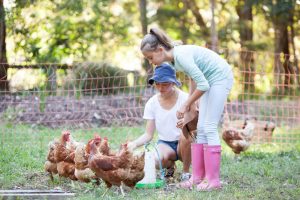
The morning opens with students and teachers gathering in their Advisory Groups to share announcements and to discuss their plans for the day. As the group disperses, a few students might remain to talk about a submission that is due in a couple of days.
As students begin their lessons for the day, some may gather for language arts and mathematics lessons, while others may be researching the difference between the native and invasive species found down at the creek which runs parallel to the property. Working independently they are developing important organisational skills and focus to achieve their goal.
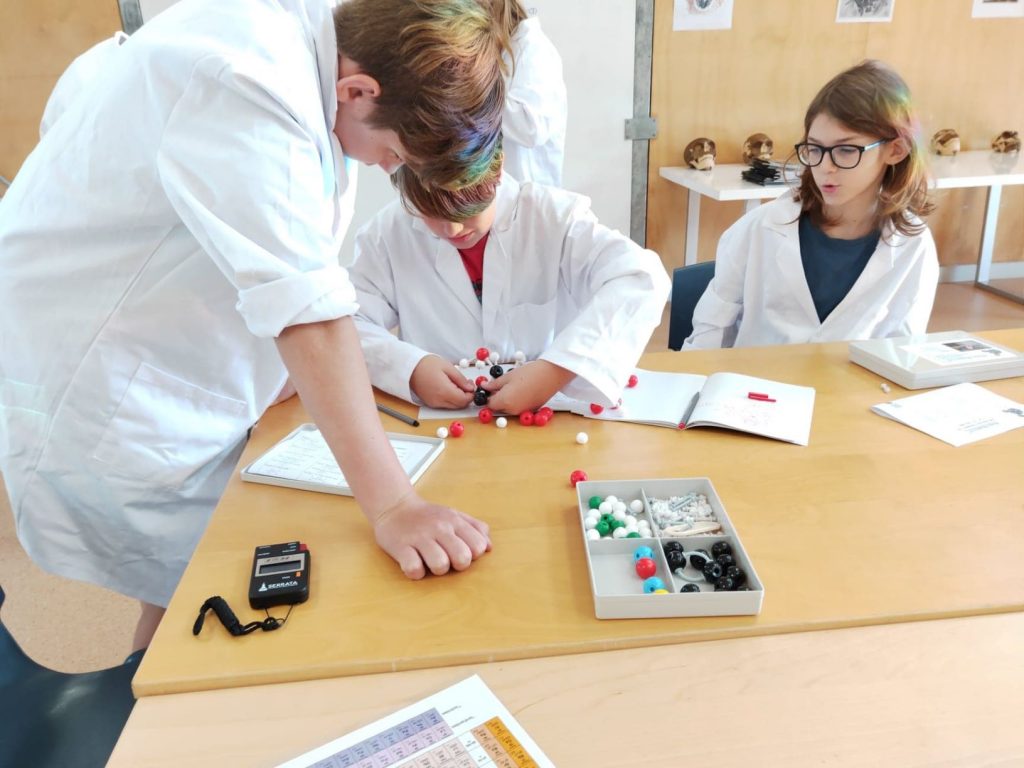
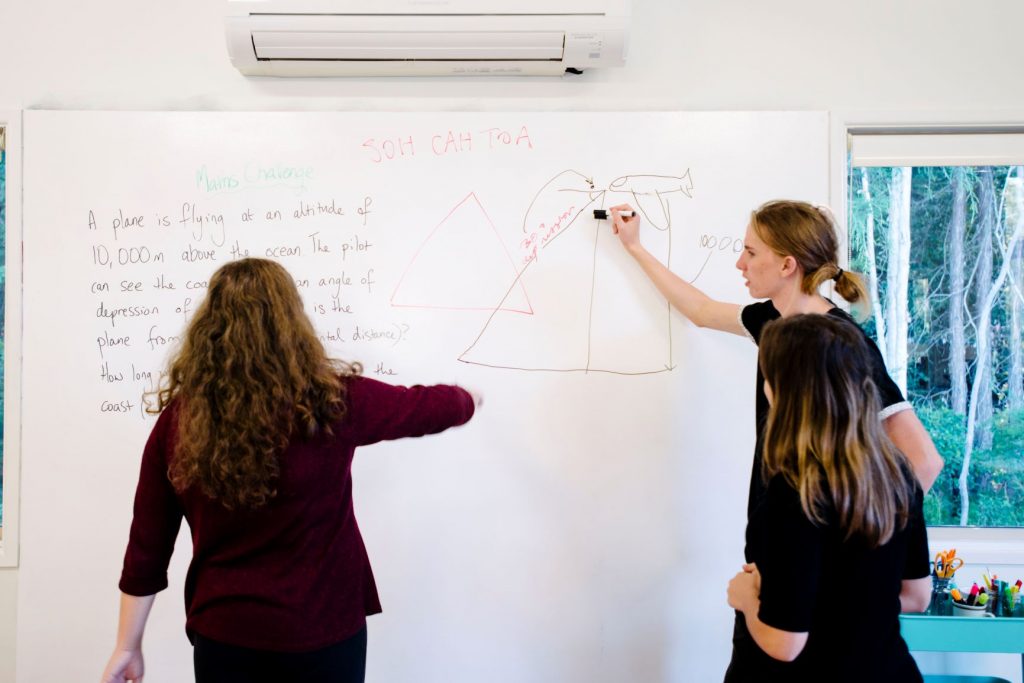
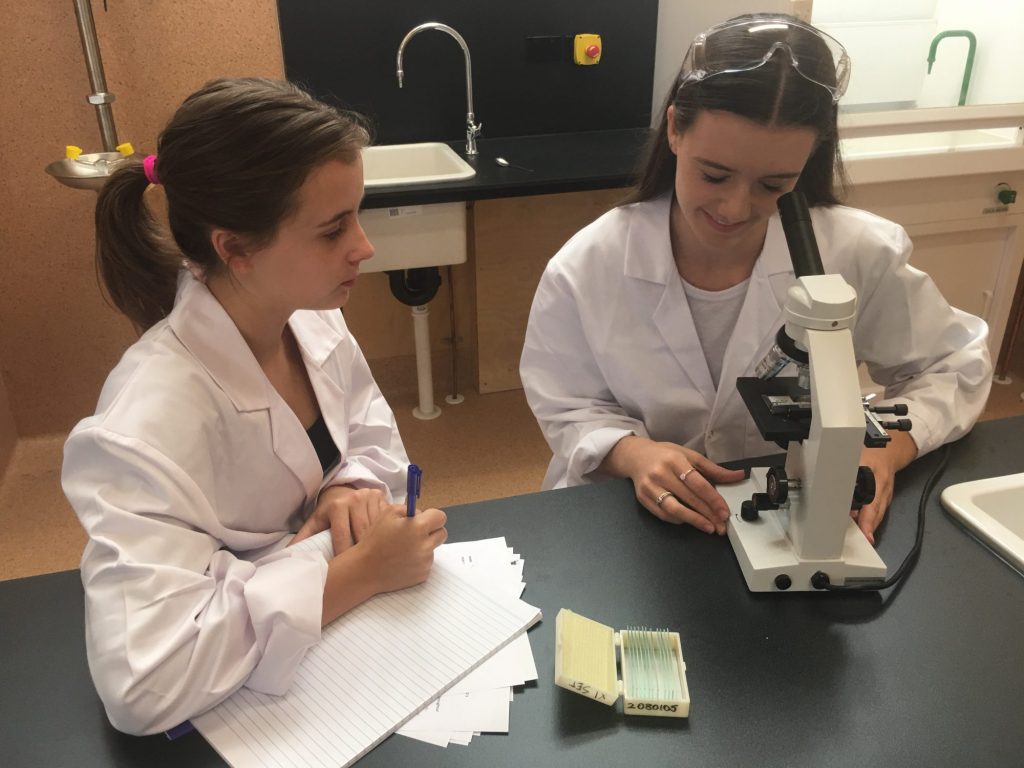
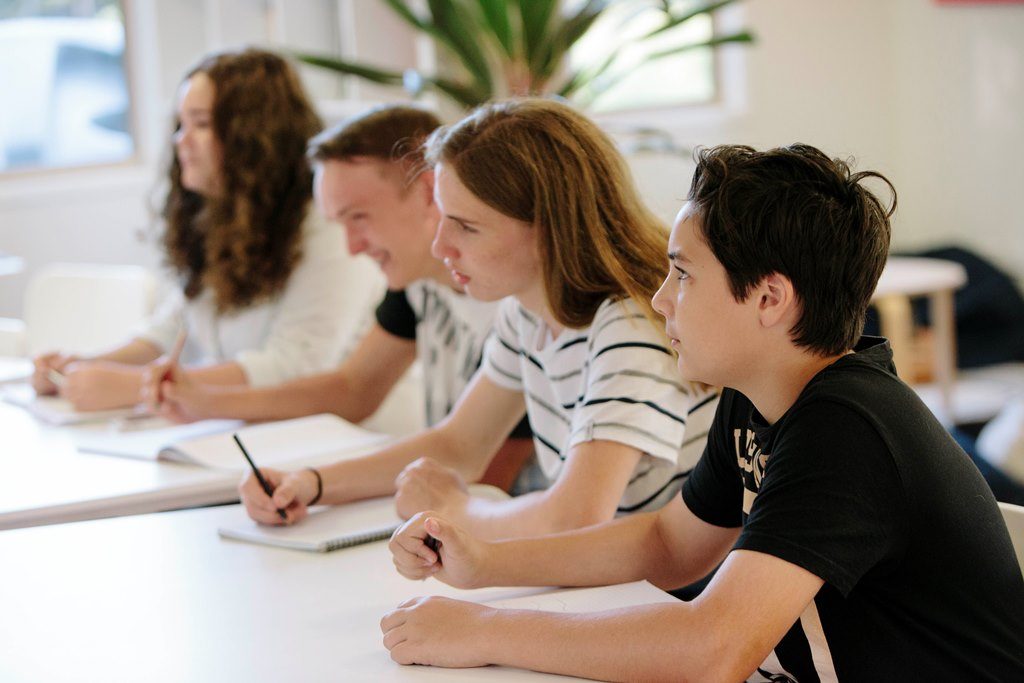
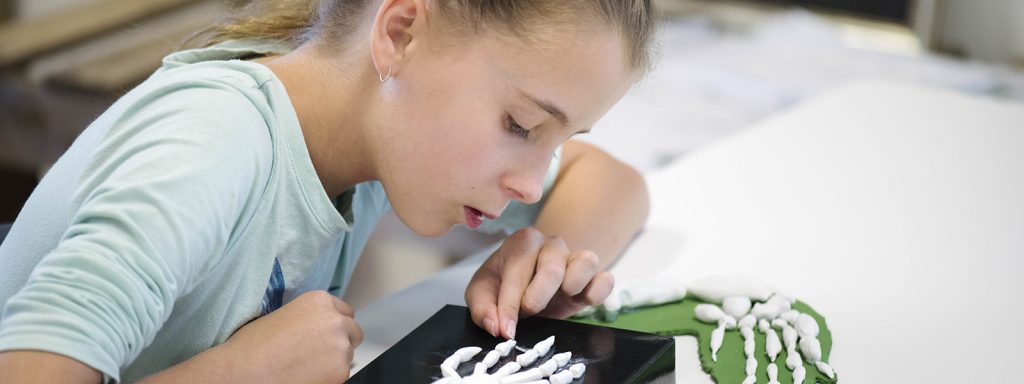
Nearby a group of students may be rehearsing a play which will be performed at an upcoming exhibition of learning – it’s an opportunity to practice collaboration, negotiation, and production.
In another learning space, a teacher may be guiding a small group of students in a key lesson on sacred geometry – looking at patterns in nature and how they can be applied in a practical way. Others will be working in their micro-economy – tending to the vegetables growing on the farm, learning barista skills in the cafe, tending to the bees, or collecting honey from the hives and bottling it for sale.
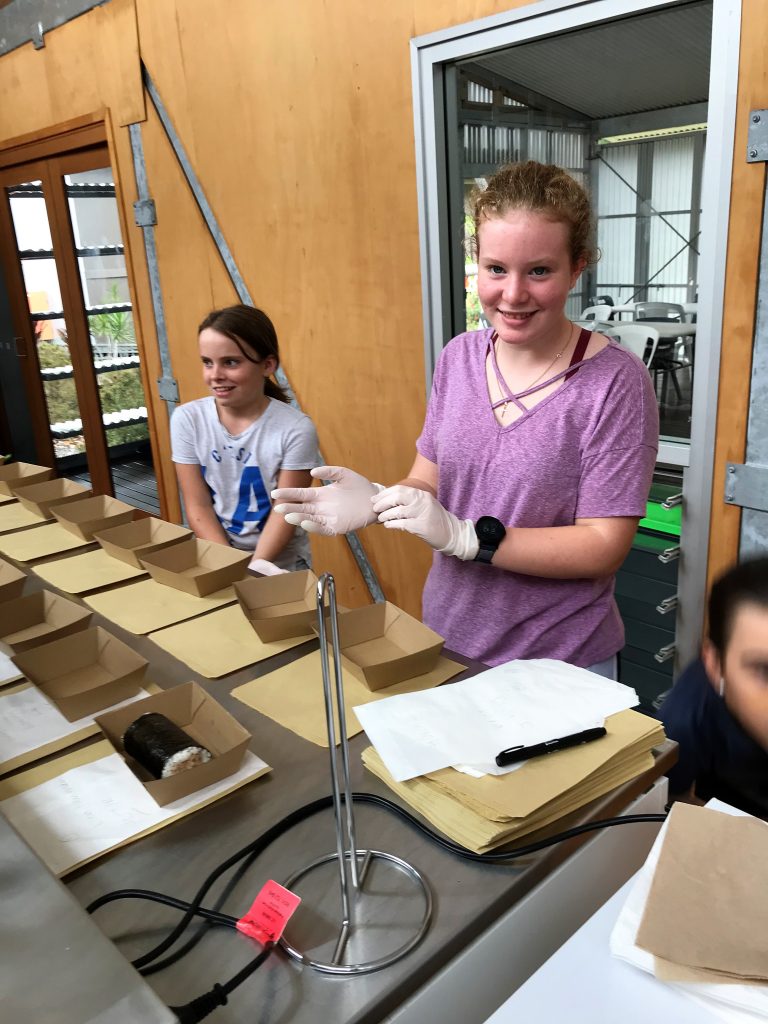
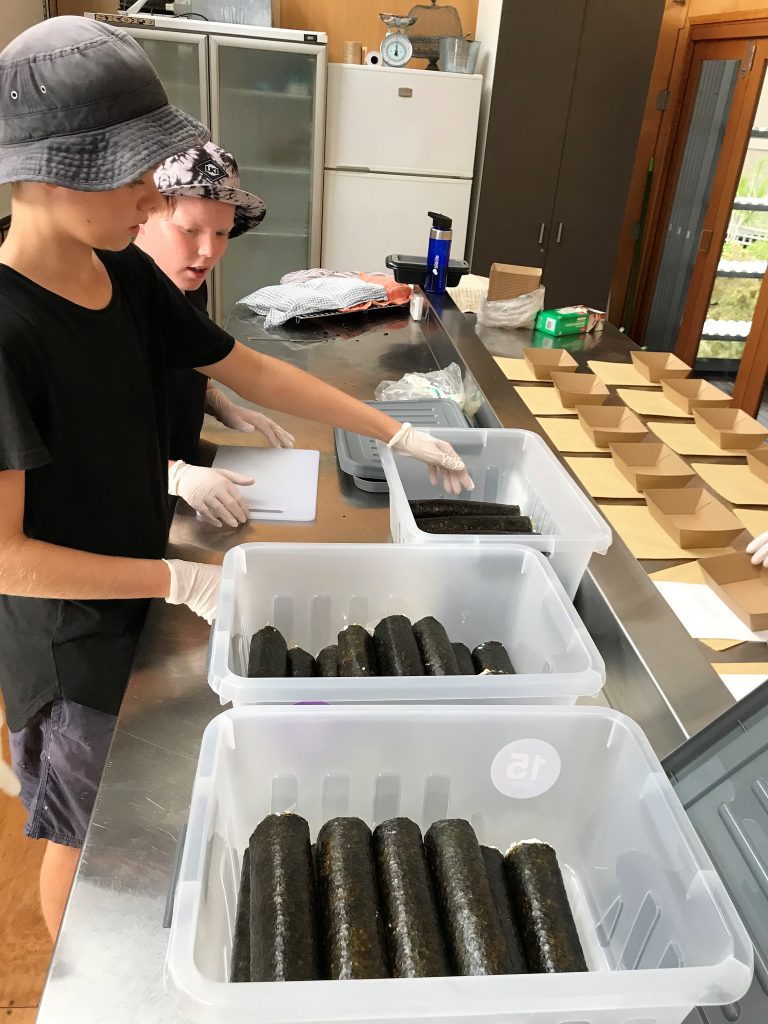
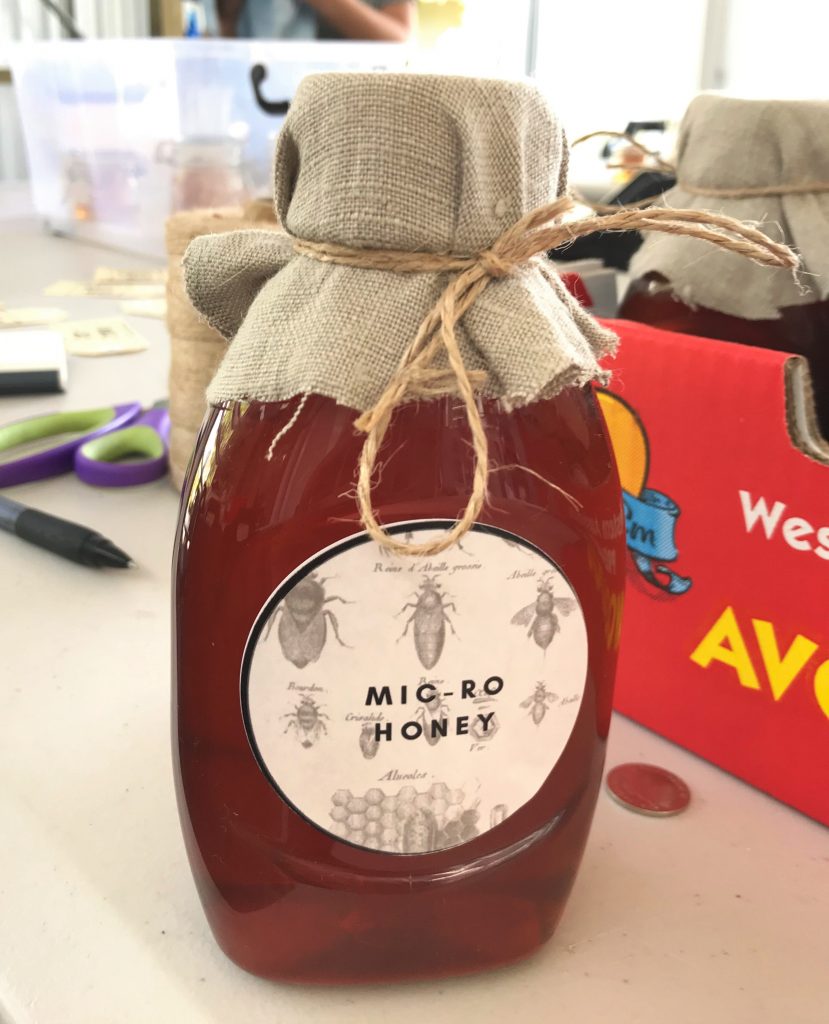
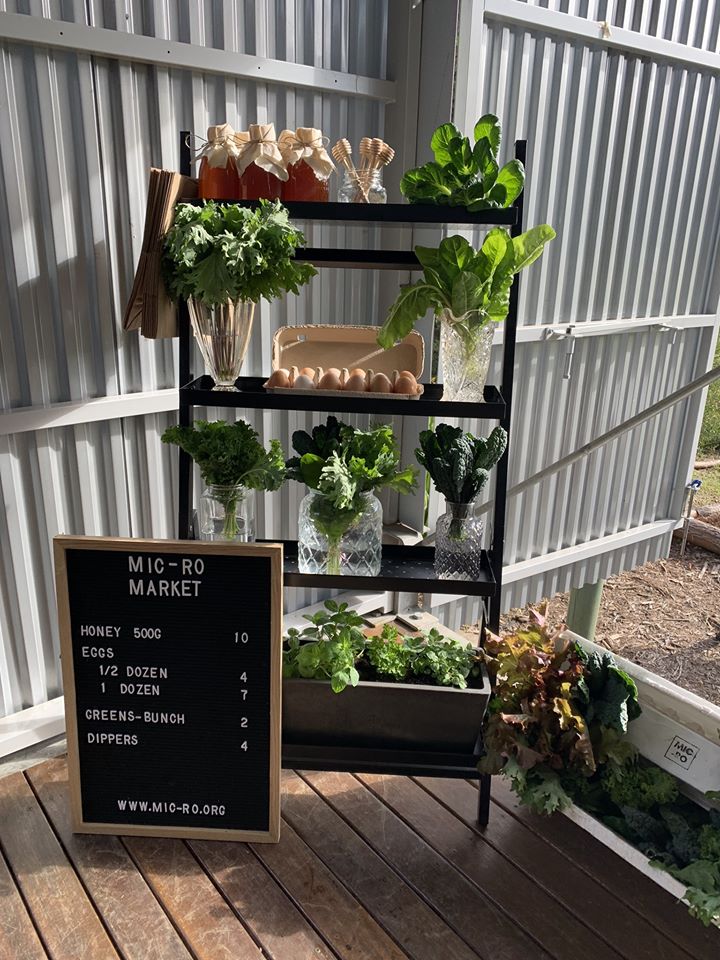
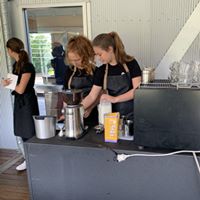
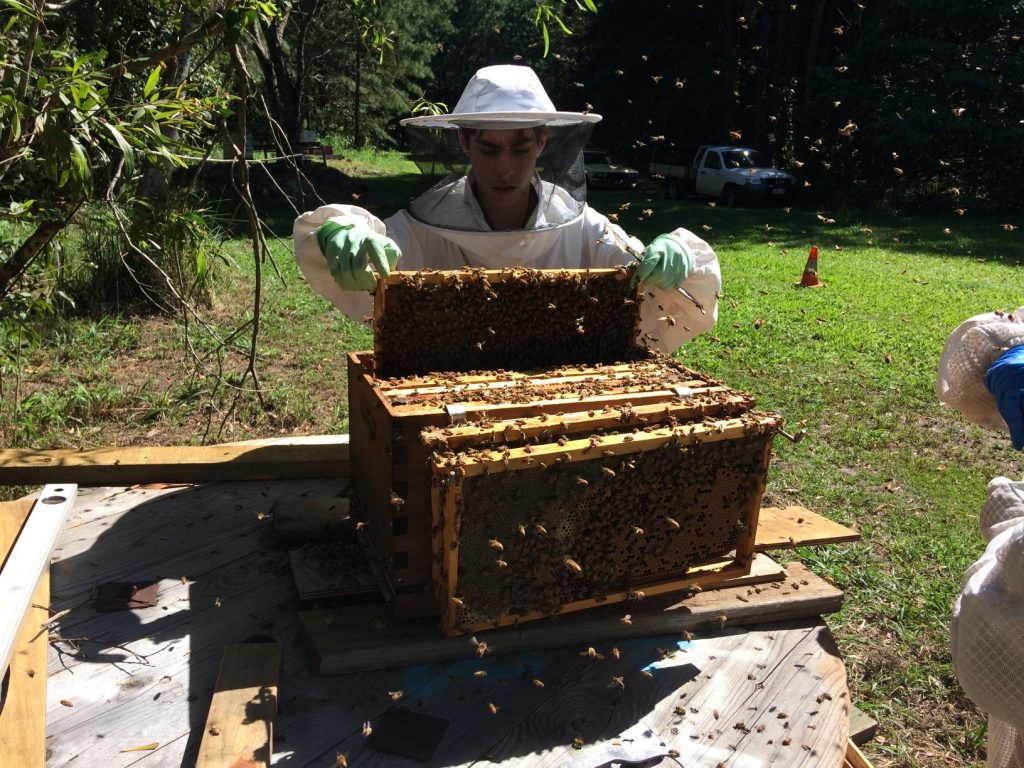
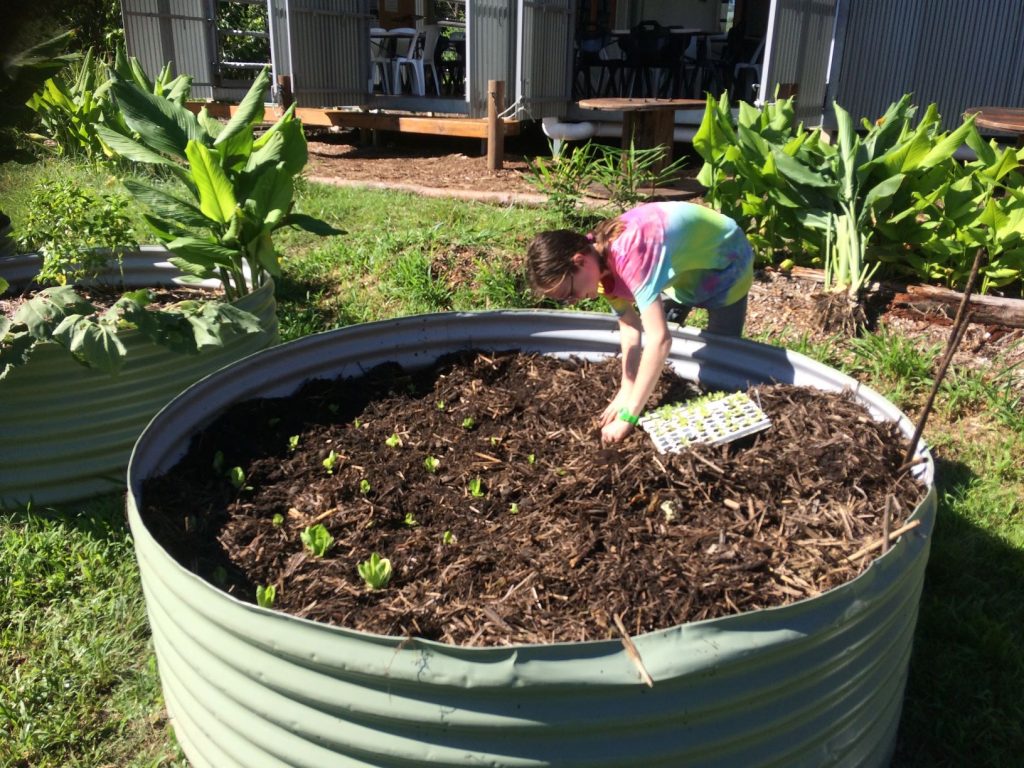
Students get back together for morning tea and after more lessons or perhaps a community meeting, they meet again to prepare their own meals at lunch time. Once a week the students contribute to a shared lunch which is eaten together.
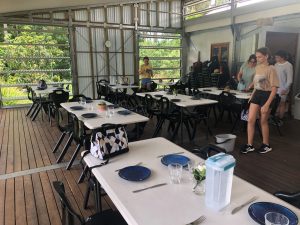
After lunch, students meet in their Advisory Groups for independent work and an opportunity to seek any guidance they may need from their Advisor, and then disperse for outside activities such as exploring the creek, reading outside in nature, or kicking the football around as a group.
Students return from these activities and then break off into either Practical Work – building on the knowledge learned in the key lessons held in the mornings – or they participate in Clubs and Teams or Community Project activities.
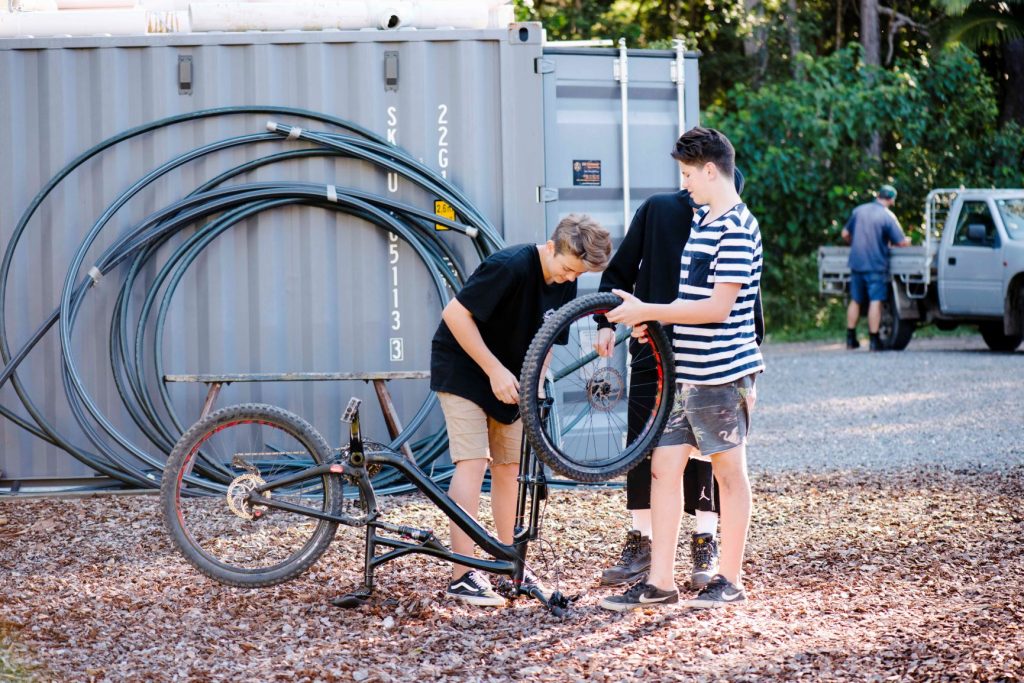
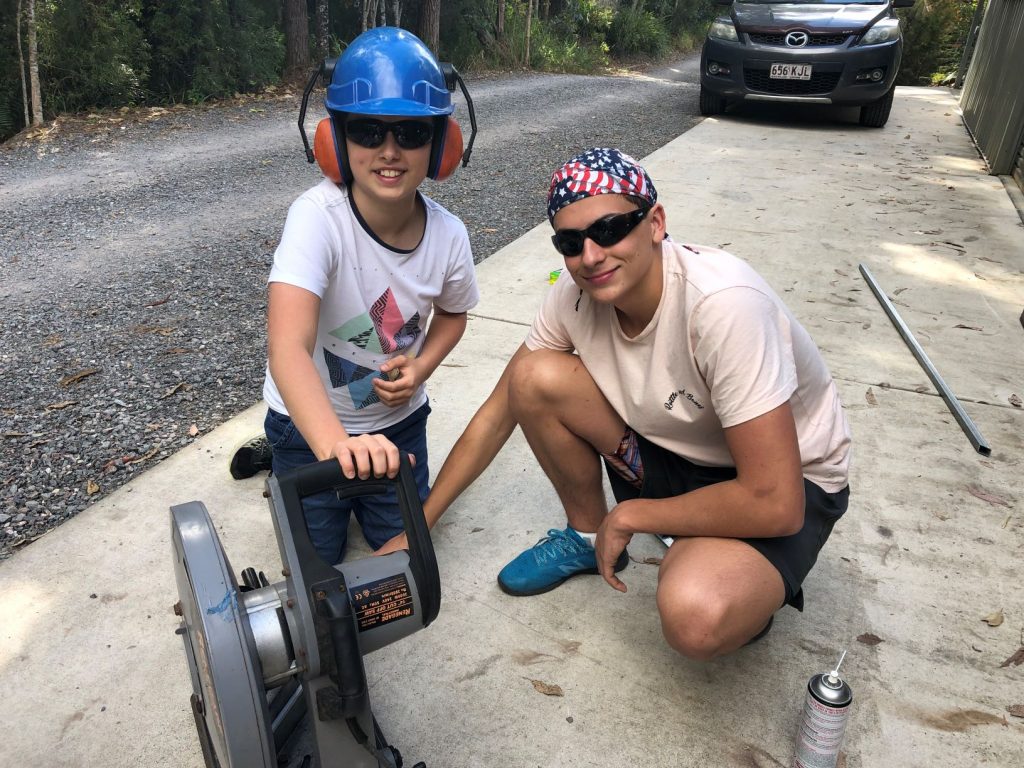
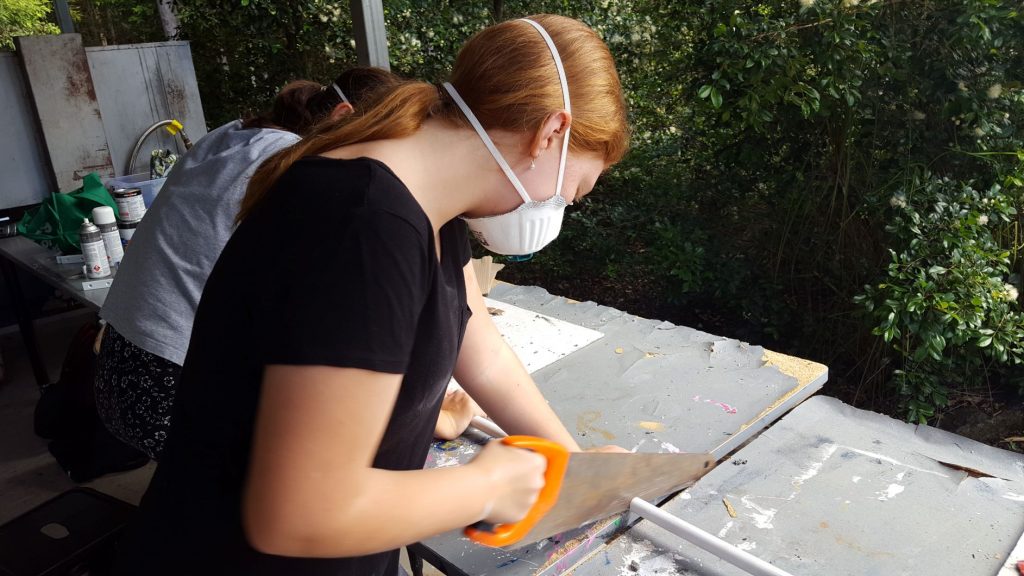
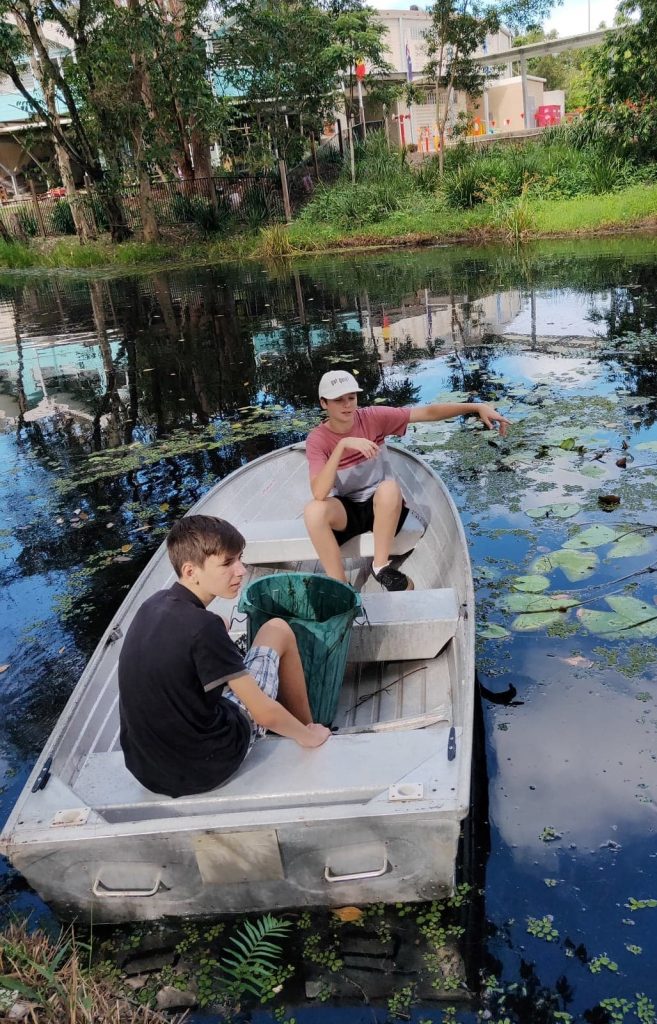
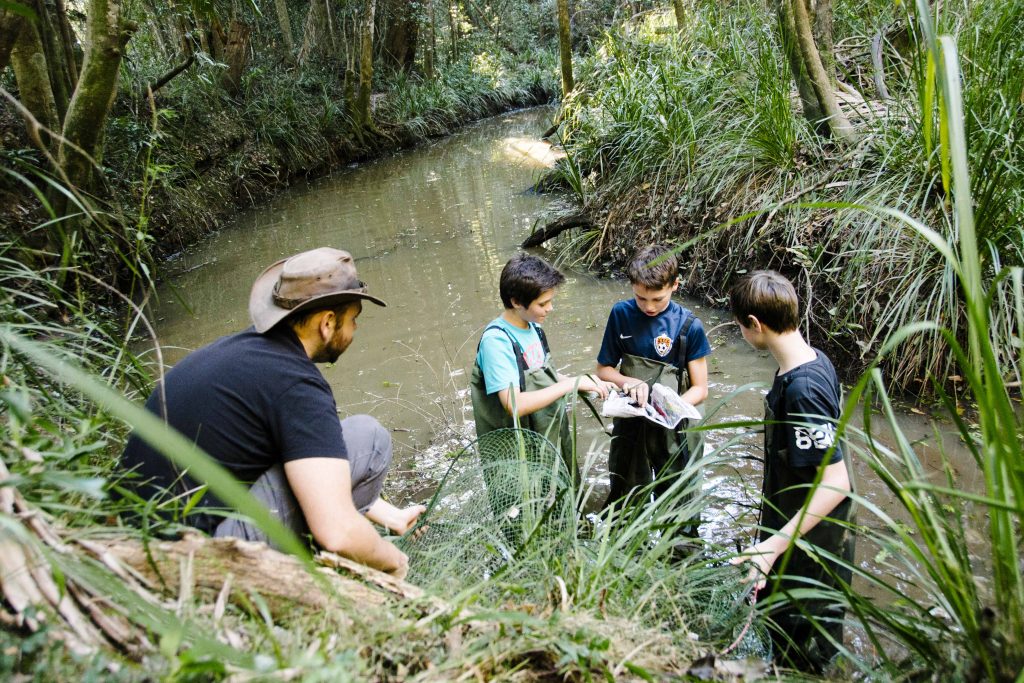
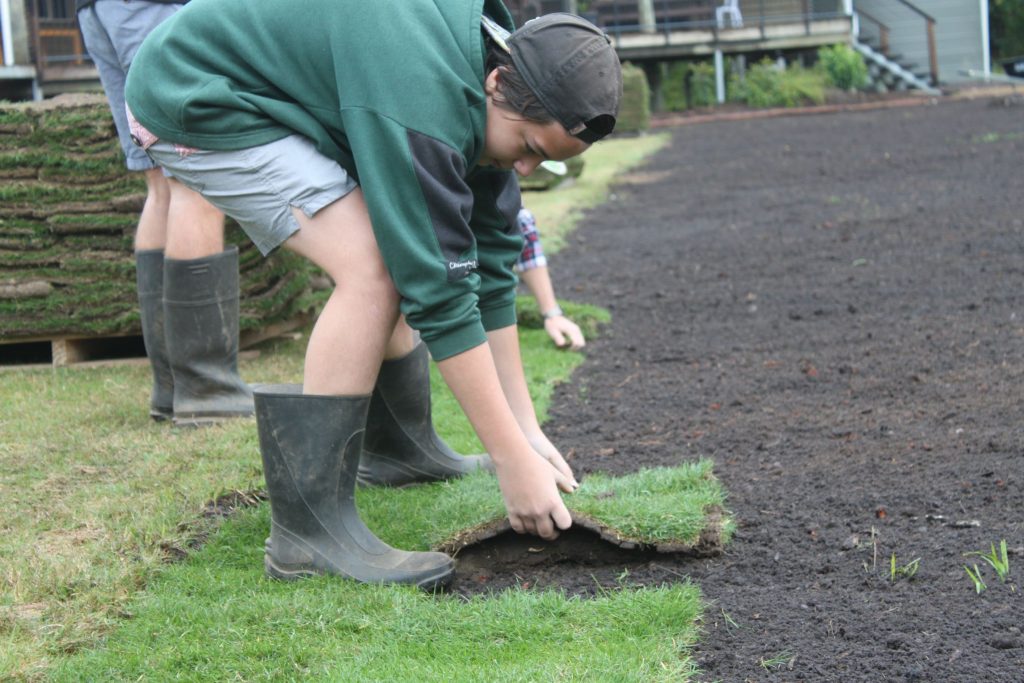
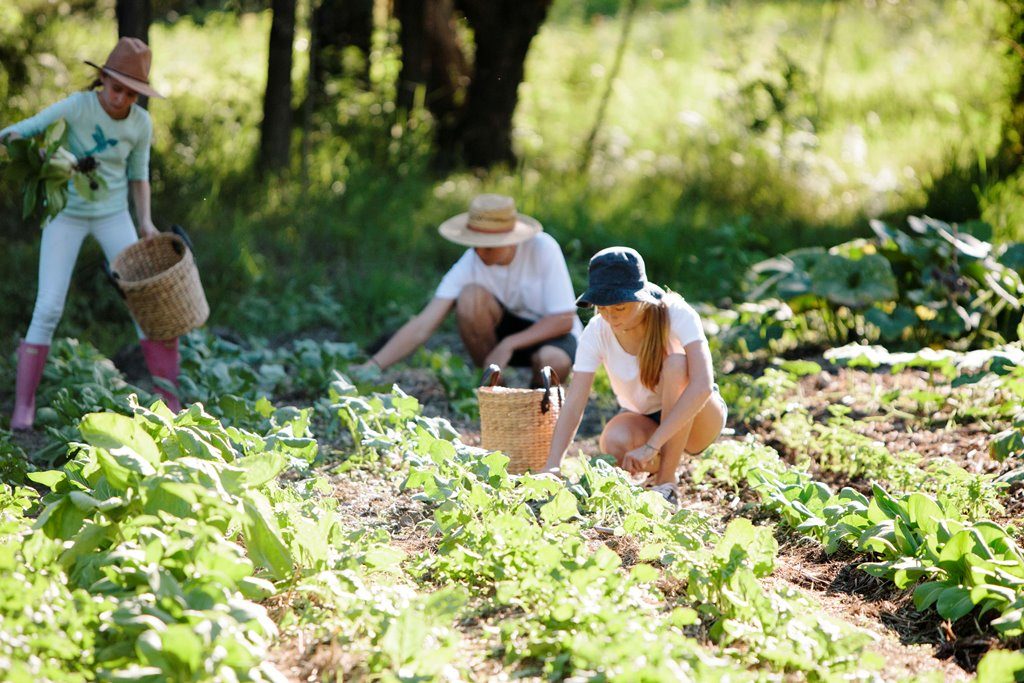
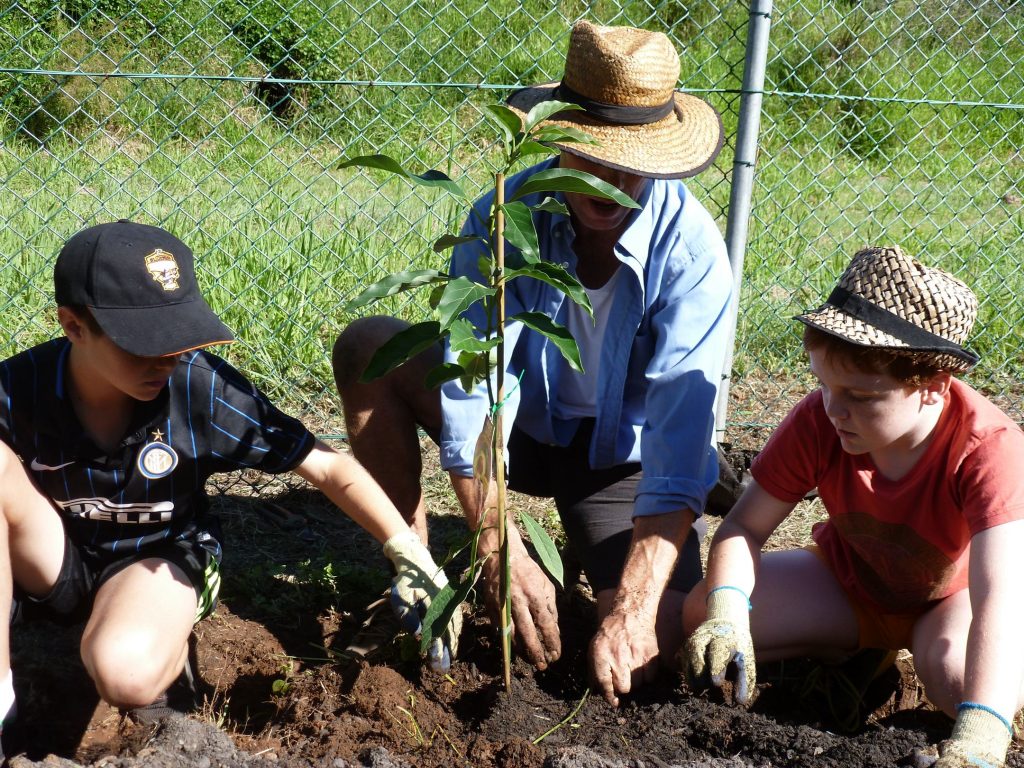
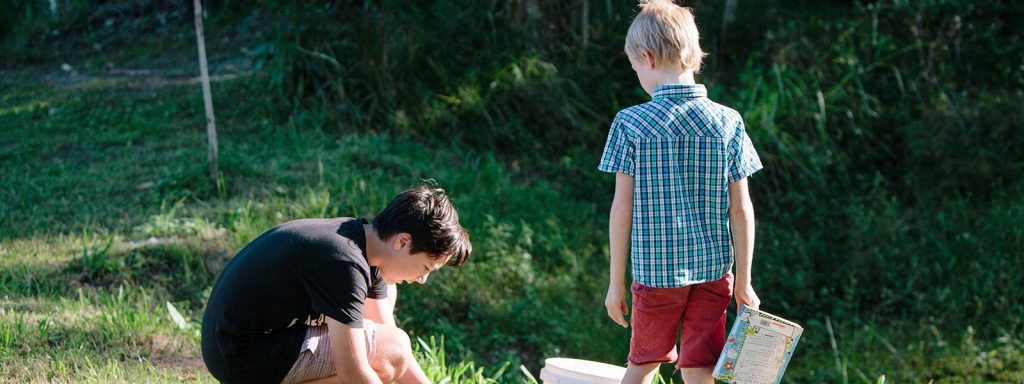
In our classrooms, adolescents take their academic learning and apply it to real-life experiences. Learning is then something that holds meaning and is driven by a desire to make sense of the world they live in. Our adolescents discuss, scrutinize, question, unearth, discover, reflect, socialise, interact, resolve conflicts, understand and grow.
The day ends with students gathering once more to acknowledge the work achieved and for Care of the Environment – cleaning the learning spaces in preparation for the next day. On Tuesday and Wednesday afternoons students have Extended Days to participate in project support sessions and Clubs and Teams activities.